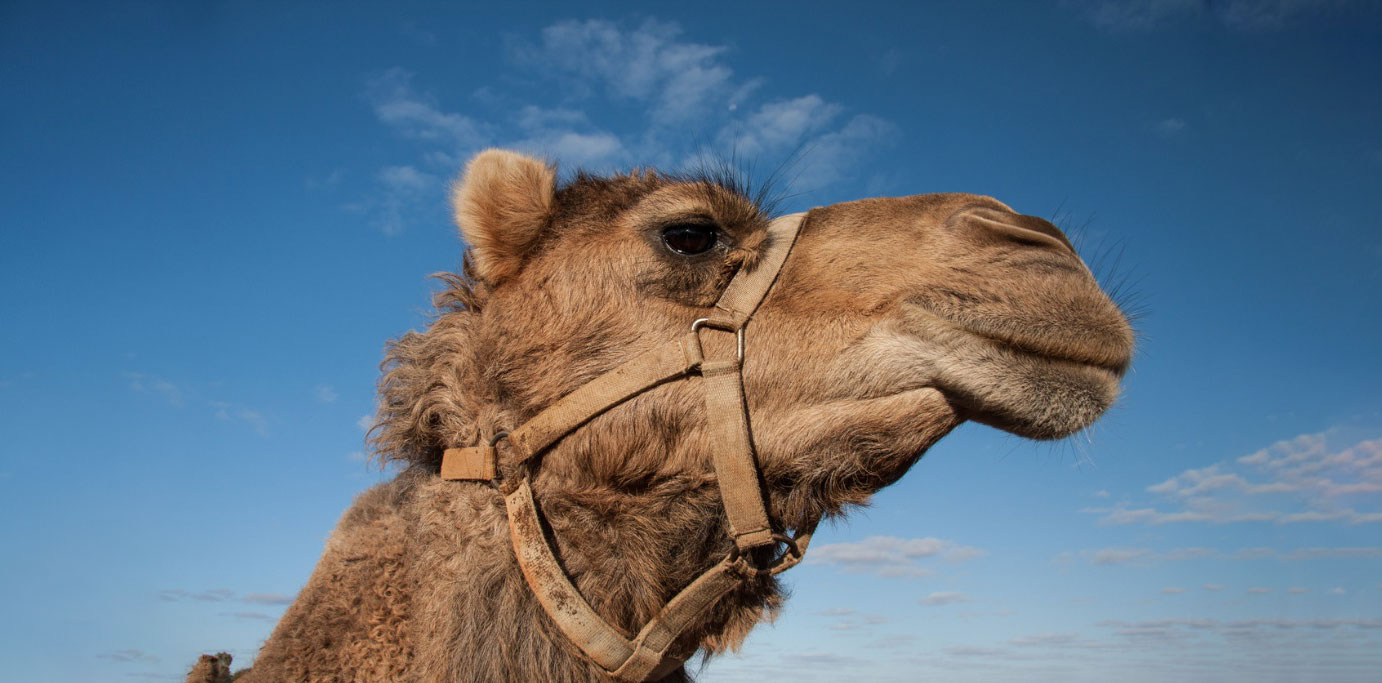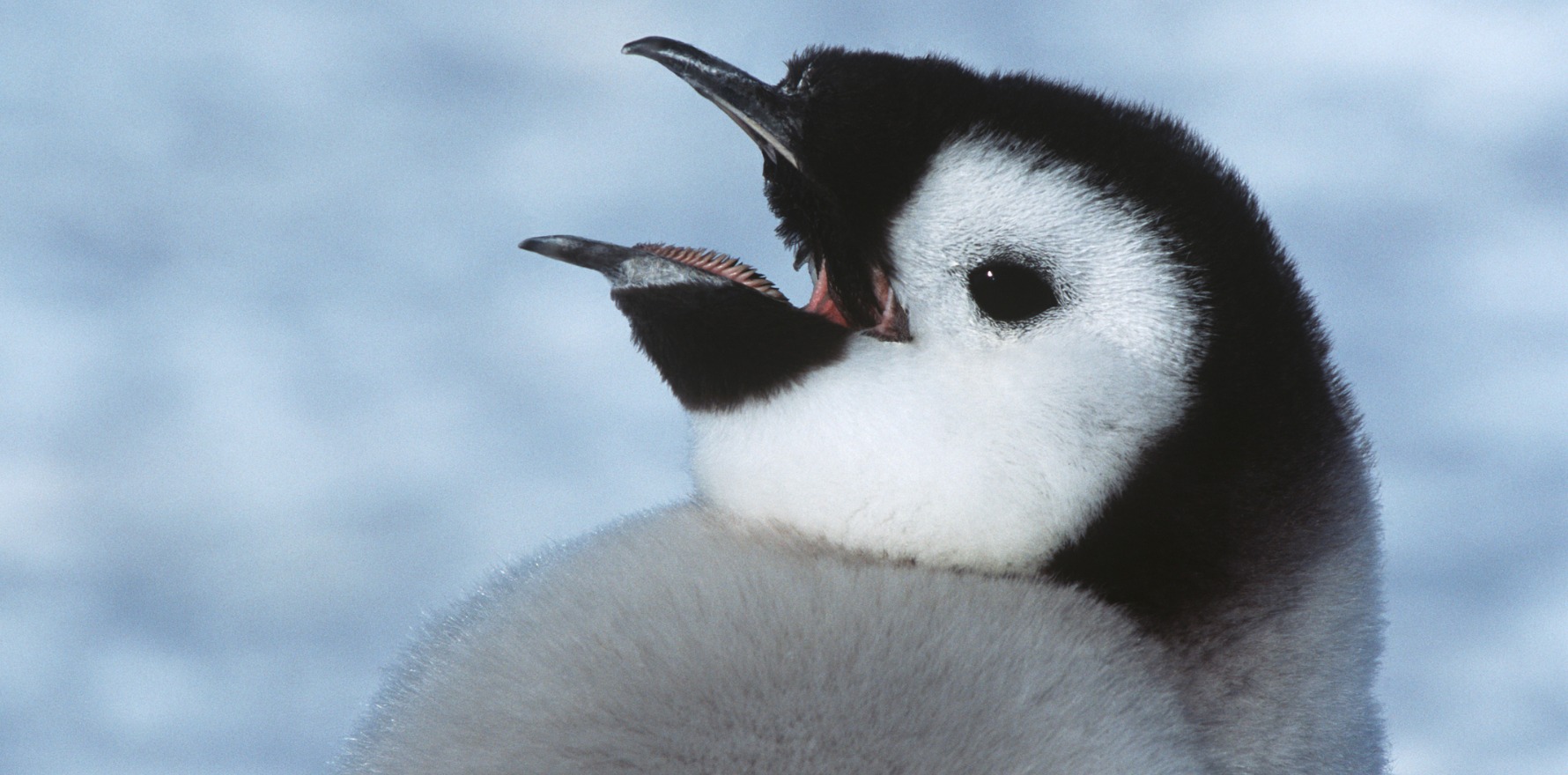Wilderness and expedition medicine is advancing as a field, and it’s one where generalists thrive.
If there is one trait that defines humankind, it is the incessant drive to explore. It is this quality that has shaped the world as we know it today.
And so long as there have been people wanting to push the boundaries of discovery, so too has there been a need for someone with medical expertise to help keep them well.
The British Antarctic Expedition of 1907-09 included Scottish physician Dr Alistair Mackay, who, alongside Sir Douglas Mawson and Sir Edgeworth David, was the first person to reach the south magnetic pole in 1909. British doctor Robert McCormick was ship’s surgeon (and naturalist) on the famous voyage of the HMS Beagle with Charles Darwin. Darwin once described him in his letters as an “ass”.
Despite being used interchangeably, wilderness medicine and expedition medicine are two slightly different terms that are often lobbed together as “wilderness and expedition medicine” (WEM) to encompass the inevitable overlap. There are varied definitions, but several textbooks define wilderness medicine as “medical care delivered in those areas where fixed or transient geographic challenges reduce availability of, or alter requirements for, medical or patient movement resources”.
It is a well-established field across North America and Europe and is gaining increasing recognition and interest across Australasia over time. WEM is not the domain of any single profession – it is practised by paramedics, nurses, doctors and others – nor any medical specialty. However, among doctors, generalists such as emergency physicians and rural generalists tend to do particularly well in this area for obvious reasons. There is a lot of natural overlap with other disciplines, including military medicine, aerospace medicine, and humanitarian and disaster medicine.
Many of the personal qualities necessary in ordinary medical roles apply to WEM (being a good communicator, a team player etc.), but this field demands further attributes in order to thrive: resourcefulness, comfort with reasonably high levels of risk and uncertainty, leadership skills, a generalist mindset … and a bit of physical fitness!
WEM encompasses a broad range of areas, including traumatology, wound care, altitude medicine, hyperbaric and diving medicine, toxinology, tropical medicine, travel medicine, mental health and sports medicine. Skills in navigation, knots, meteorology, radio and satellite communication and basic survival are usually also required.
But for the most part, despite how exciting WEM appears on the outside, the pathologies encountered are the simplest – diarrhoea, a scrape to the knee – and the skill employed the most is that of listening to and supporting expeditioners. Austere environments can be challenging for anyone and being an approachable and reliable source of morale is crucial.
Related
Planning and preparation are an unexciting but vital aspect of being a WEM practitioner (unexciting to some – for pseudo-professional planners like me, the opportunity to make more lists is like Christmas morning). This involves considering the medical conditions of each of the expeditioners, ensuring your medical kit balances necessity with weight and space, and having a clear plan in the event of evacuation, among other things.
Due in part to a post-pandemic surge in the outdoor recreation industry and growing demand for adventure tourism, WEM will continue to develop. Greater research yielding better guidelines, and advancements in technology, such as remote portable devices, artificial intelligence, and telemedicine will persistently progress the field.
The nature of the work will also likely change over time. Climate change and other factors, like land use changes, have important implications for vector-borne diseases. Climate change is similarly expected to intensify extreme heat events, which can worsen pregnancy outcomes, mental health, and myriad chronic diseases, and increase mortality. WEM practitioners will therefore need to be aware of these industry developments and shifts in disease patterns.
There are several options in Australia for both wilderness first aid and expedition medicine courses. There are no Australian providers who offer formal qualifications in WEM itself, but the (US-based) Wilderness Medical Society offers a Fellowship in Wilderness Medicine and the University of Tasmania offers a Healthcare in Remote and Extreme Environments program. Locally, AWEMS offers a stimulating annual conference (in addition to membership). The Wilderness Medical Society and World Extreme Medicine offer conferences abroad.
Inevitably, there are pros and cons to wilderness and expedition medicine. Unless WEM is practised in the context of a specific job (for instance, military work), it should be considered a casual role that adds interest to your career. And due to the modest size of the industry in Australia, opportunities can be few and far between. It should also not be undertaken by those expecting respectable remuneration, as disappointment awaits you.
The benefits, though, are many – it is a privilege to play a role, however small, in helping others to push their boundaries and realise their goals. And it is special to play a role in helping others to discover, or relish in, the intoxicating brilliance of the natural world. It is similarly satisfying to strap an ankle, or dispense some loperamide, knowing that you have provided relief.
I love hiking and camping not because I am fond of blisters, or going without showers, but because I so fervently love nature, and those are some of the best ways to experience it. Wilderness and expedition medicine therefore allows me to combine my love of the great outdoors with my rural generalist expertise.
And although I am unfortunately unlikely to have a renowned naturalist describe me in their letters as an ass, or be among the first to discover somewhere new, I can still embrace the spirit of adventure in my own way, knowing that every trip offers me a chance to connect with nature, help others, and be part of a long tradition of those who have ventured beyond in search of something greater.
Dr Brooke Ah Shay is a rural generalist working in Yarrabah, far north Queensland, and a senior lecturer at James Cook University.





